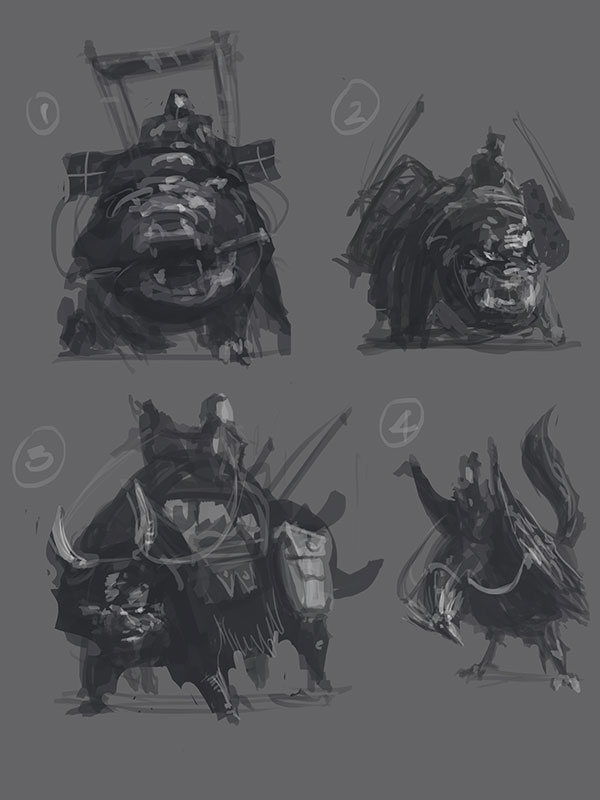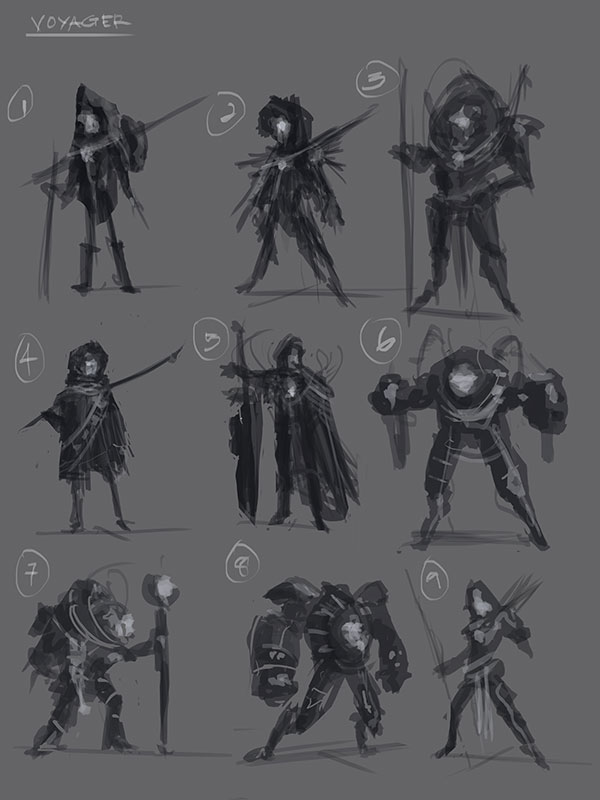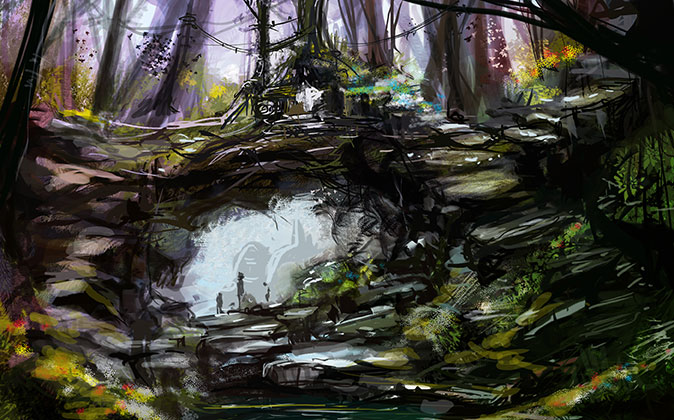There has always been a question and a struggle about how to kick-start a project with original Intellectual Property (IP) among creative enthusiasts. Throughout my years of experience in the creative sector, I realise the key/core aspects of this issue is the need to first identify the essence of the project and the intended audience. By understanding the demand of the target audience as well as the demographics/psychographics, we then are able to create our creative output from the fundamentals that we collect from our research via observation, data collection, references from real photos, examples of objects to images that have proven commercial value.

Considering the above statements, I will be focus on 3D and 2D medium mainly for games’ art from ideation to final output. The essence of creating an art guide that narrates the entire game concept depends upon the context and the concept to be identified. Once that is understood precisely — who is the target audience — a collection of references becomes essential for inspiration. Commonly, artists will attempt to replicate or copy every detail of their collective material in order to stay within a safe zone. Doing so is not completely wrong at times but it may create a replica that invites a comparison that then dilutes the value of the product. Instead, one should be able to innovate and tweak the creative output by precisely analysing the components (shape, forms, design elements, colours, etc.) to be embedded within the artwork that best suits the intended target audience’s. To achieve this technique/skill, an artist needs to learn to observe and improve their core fundamentals before realizing the final idea for presentation. Thus, doodling and sketching are critical to enable the transference of the idea via the digital or traditional medium. Don’t limit idea generation by just sticking to one methodology and/or become excited by only a few drawings. This is where collective feedback is critical to avoid massive failure.

The essence of visual storytelling has to be instilled together within the initial ideation process — story is not just narrating an entire adventure as a story book/novel, but it should offer enough information for the audiences to relate to the game that will lead to believability so that it relates to existing components without losing its core concept. After the ideation process is completed, the next step would be to pick/extract components that complete the artwork whether 2D or 3D. Commonly, artists seek perfection to give the spark of satisfaction. When these processes skip straight to final output, they often lead to disastrous outcome since it involves return of investment in the commercial world.

